Not only conservation projects, but also reforestation and agroforestry projects — with a community focus and sustainable management practices — can play a crucial role in relieving stress on primary forests worldwide.
In the article below, we will tell you about the importance of primary forests, the deforestation drivers, and how a restoration project can contribute to primary forest conservation.
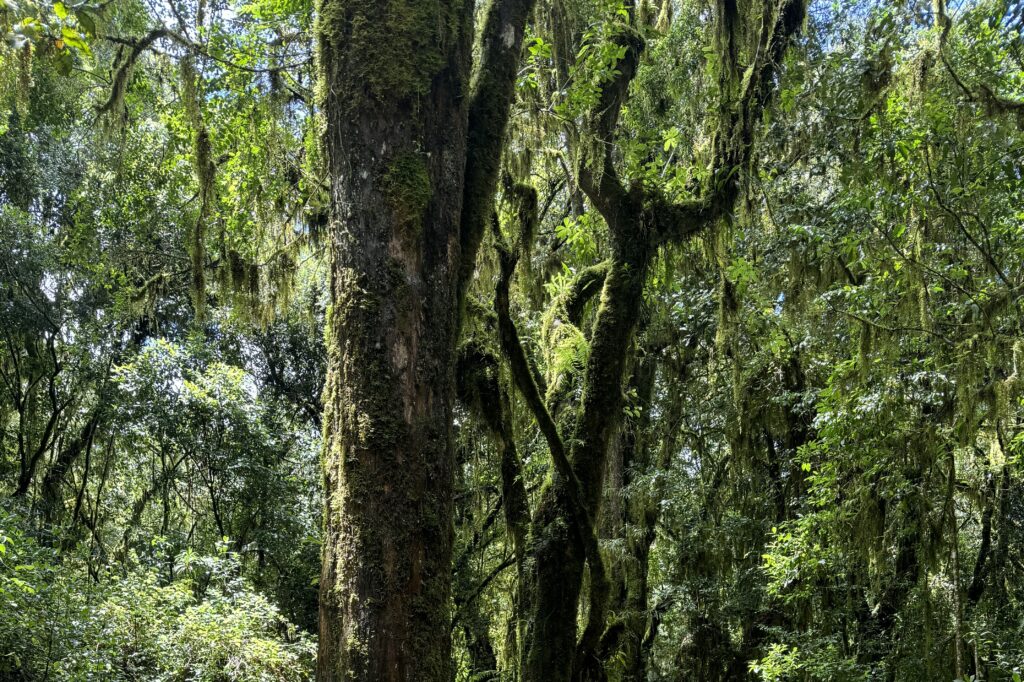
Image 1: The primary rainforest on Mount Kilimanjaro, Tanzania (Go Forest)
The undeniable importance of keeping primary forests untouched
The world’s old-growth forests are not just magnificent natural wonders; they are essential ecosystems that provide a myriad of benefits crucial to human survival and the health of the planet. These forests, often referred to as primary forests, play a pivotal role in sustaining life as we know it.
First and foremost, primary forests support an incredible diversity of life and biodiversity. They are home to countless species of plants, animals, insects, and microorganisms, many of which are found nowhere else on Earth. From towering canopy trees to delicate fungi and mosses, these forests harbor intricate ecological communities that have evolved over millennia. The interconnectedness of species within these ecosystems contributes to their resilience and ability to adapt to environmental changes.
Moreover, primary forests are vital for maintaining clean water sources. The intricate root systems of trees help to stabilize soil, prevent erosion, and filter water, ensuring its purity as it flows through the ecosystem. Additionally, forests play a crucial role in regulating the water cycle, helping to mitigate the impacts of floods and droughts.
Perhaps most notably, primary forests are invaluable in the fight against climate change. Trees are renowned for their ability to capture and store carbon dioxide, a major greenhouse gas responsible for global warming. The large and ancient trees and dense vegetation of a primary forest are particularly effective at sequestering carbon. By storing carbon in their biomass and in the soil, these forests help to mitigate the impacts of human activities such as deforestation and fossil fuel combustion.
Three countries, Brazil, Canada, and Russia, are custodians of the majority of the world’s primary forests, collectively hosting 61 percent of these vital ecosystems. Additionally, countries like Indonesia and the Democratic Republic of Congo are also significant contributors to global forest cover.
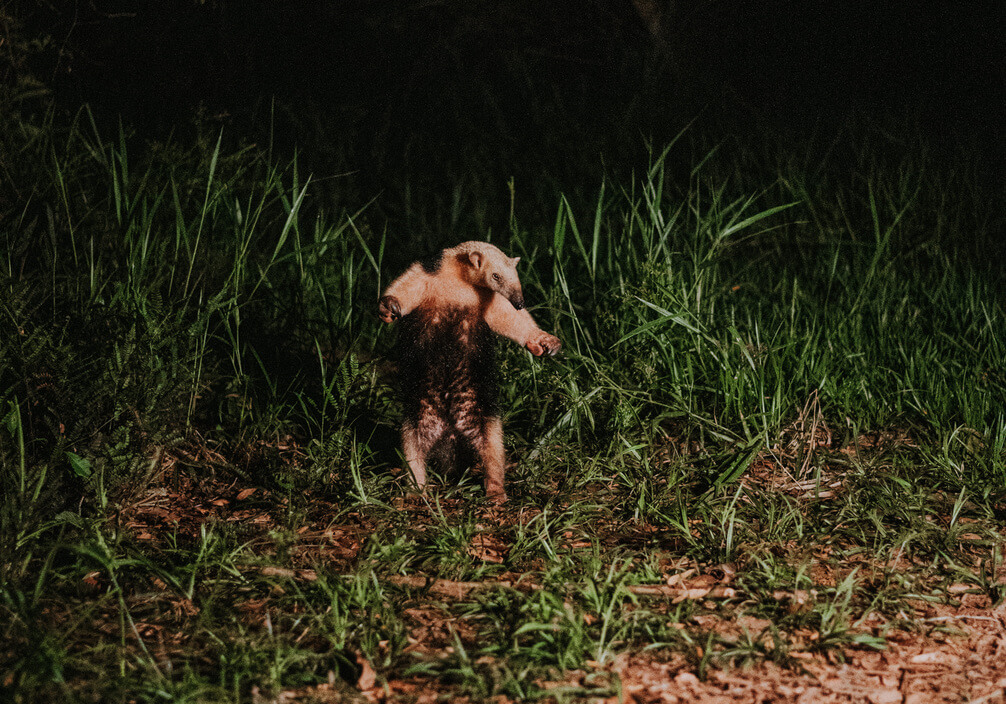
Image 2: Wildlife in the primary Atlantic Forest in Brazil (Go Forest)
Why are primary forests still damaged every day?
Despite their importance, primary forests are under threat from various human activities. Deforestation and degradation of these ecosystems not only result in the loss of biodiversity and ecosystem services but also release vast amounts of stored carbon into the atmosphere, exacerbating climate change.
Some of the drivers to damage the primary forests for communities worldwide:
- The urgent need for wood leads to illegal and unsustainable logging.
- The urgent need for food or income leads to the conversion of primary forests into agricultural land.
- There are disproportionate economic returns for harming activities, such as mining, poaching, land grabbing, unsustainable agricultural practices, infrastructure, and so on.
- There is a lack of awareness on a local level.
The damage caused by deforestation isn’t limited to the forests themselves. It has a ripple effect, leading to serious problems like increased soil erosion, more frequent and severe floods, and the destruction of the delicate balance of plant and animal life in the forest.

Image 3: Damaged primary forest in the Carpathian Mountains, Romania (Go Forest)
How can Go Forest restoration projects protect the primary forest?
In designing, planning, and implementing the restoration projects in regions with primary forests, Go Forest and the local partner carefully consider the main primary forest deforestation driver, and whether the restoration project can realistically create sufficient incentives to stop deforestation. Then, we make sure to work with the people, plant a forest that can tackle the deforestation driver, and integrate sustainable forest management behavior.
We work with the people.
In all of the reforestation, agroforestry, and mangrove projects, the community members are co-creators and closely involved in the project activities. This is a key factor in ensuring long-term positive impact. The local communities are at the front line against nature destruction and climate change. The new forests that we grow or the agroforestry projects that we develop clearly expose the benefits of having a healthy ecological environment.
Reforestation and agroforestry projects often involve local communities in decision-making processes and provide opportunities for education and capacity building. By raising awareness about the importance of forest conservation and sustainable land management practices, these projects can help foster a sense of stewardship and ownership among community members, reducing the likelihood of illegal logging and land conversion in primary forest areas.
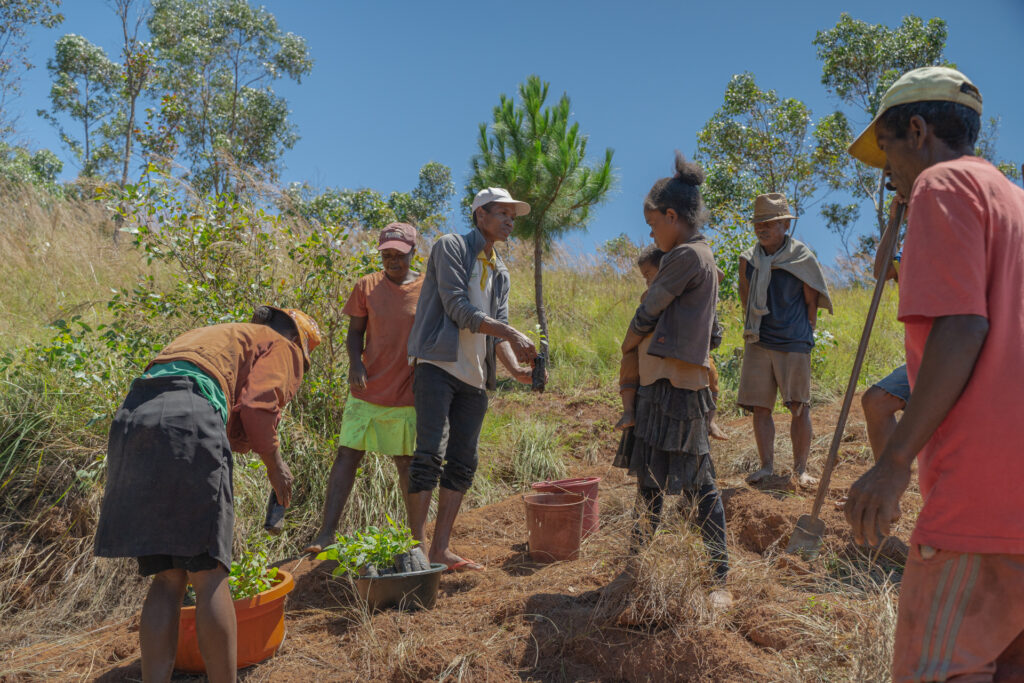
Image 4: Agroforestry project in Akamasoa, Madagascar, in collaboration with the local community (Bôndy)
But, we will always need forest resources.
Since people will always need forest resources, communities will keep taking from the forest. That’s why we must plant good, diverse, multifunctional forests — that provide all the forest ecosystem benefits — so that the primary forest nearby is left alone. By establishing sustainable forest management practices and promoting the cultivation of valuable tree crops, such as timber, fruits, nuts, and medicinal plants, the needs can be satisfied in the new forest and there is no reason to exploit the primary forest
The local communities can live from and extract resources from the newly grown forests that are developed in harmony with the natural environment and managed in a sustainable, long-term, holistic, and planet-focused way.
The tree-planting projects themselves also provide economic opportunities for local communities, such as the creation of jobs and income, reducing the pressure on primary forests for commercial resource extraction and indirectly preserving forest ecosystems.
So, growing new forests or engaging in an agroforestry initiative — with a community focus and sustainable management practices — decreases the need to get resources from the primary forests in the region. That’s great because as we disclosed above (in “The undeniable importance of keeping primary forests untouched”), it makes much more sense – ecologically and economically – to preserve primary forests than it is to exploit and rebuild them.
How can you further protect primary forests?
As said before, you can actively engage in reforestation initiatives with a community focus and sustainable management practices in the long term.
You can be conscious about the products you buy: some have a bigger impact on forests than others. Try to buy certified and eco-friendly products from, for example, Rainforest Alliance. Having a sustainable supply chain is key to a sustainable business.
Additionally, you can foster widespread awareness of the unique primary forest ecosystem benefits and how to take action to protect them.
Finally, politics play a huge role in forest conservation, one law can add or remove a lot of trees. Try supporting candidates that have good (ecological) intentions.
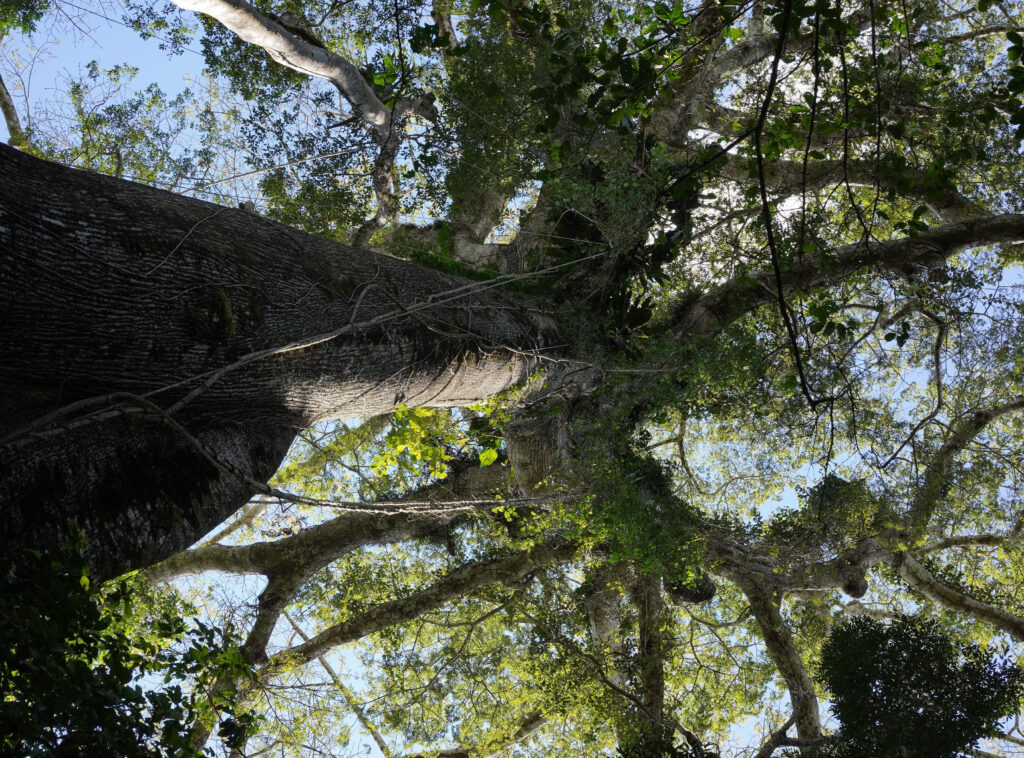
Image 5: Trees in the primary Amazon Rainforest in Peru (Go Forest)
Extra: what about secondary forests?
Secondary forests are regenerated through a natural succession process, following very significant human or natural disturbance to the original, primary forest.
Secondary forests can provide an alternative resource to primary forests, as they do near the Go Forest and Faja Lobi project in the Democratic Republic of Congo, in Idiofa. They can deliver many of the same environmental services as primary forests, so limiting human impact in these forests can also deliver benefits in the long term.
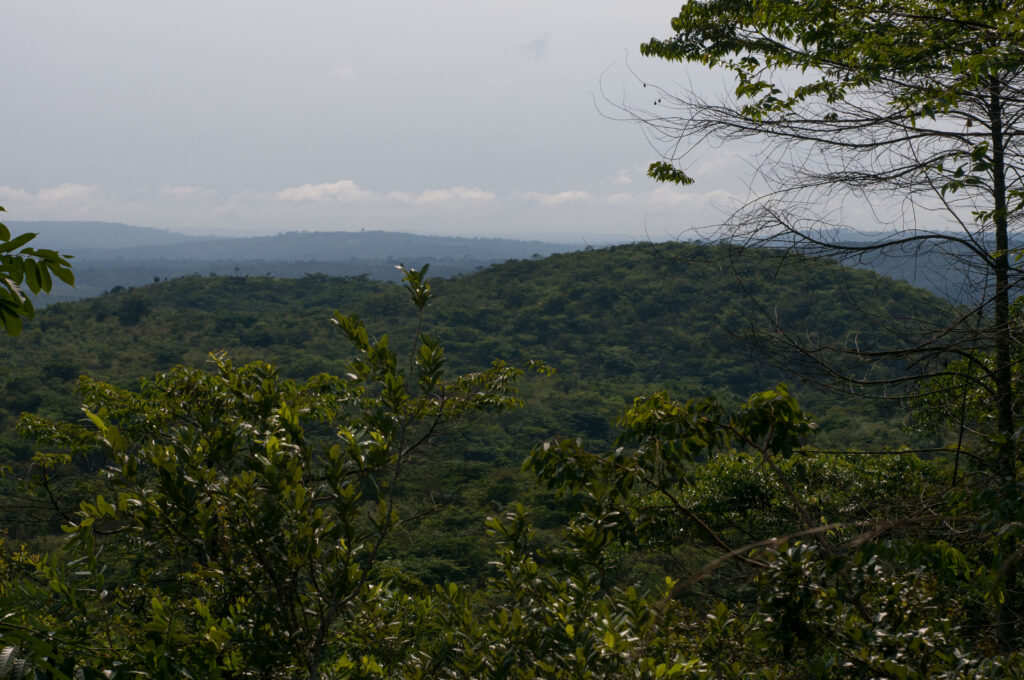
Image 6: Secondary forest in Democratic Republic of Congo (Go Forest)




